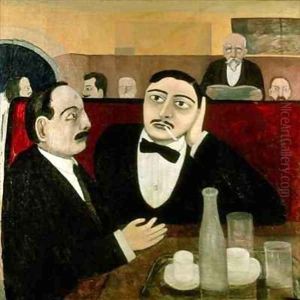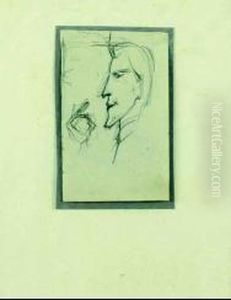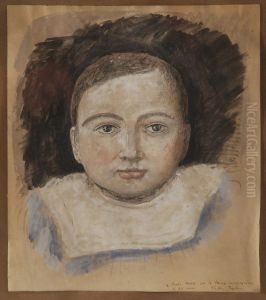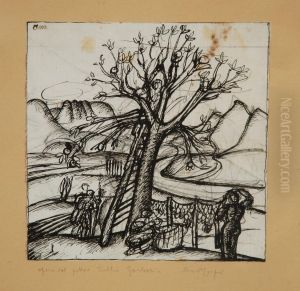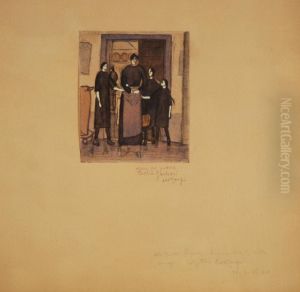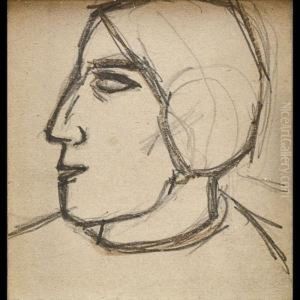Tullio Garbari Paintings
Tullio Garbari was an Italian painter and engraver, recognized for his contributions to the Italian art movement of the early 20th century. Born on March 18, 1892, in Trento, which was then part of the Austro-Hungarian Empire and is now in Italy, Garbari grew up in a period of significant political and cultural changes that influenced his artistic development.
Garbari's artistic journey began at a young age, showing an early interest in drawing and painting. He pursued his passion for art by studying at the Accademia di Belle Arti in Venice, where he was exposed to the rich cultural heritage of Italy and the emerging artistic trends of Europe. His style was initially influenced by Symbolism and Art Nouveau, popular movements during his formative years. However, as his career progressed, Garbari's work began to reflect the simplicity and clarity of the Novecento Italiano movement, which sought to return to classical order and discipline in art.
During World War I, Garbari served in the Italian army, an experience that deeply impacted him and influenced his post-war art. His works from this period depict the harsh realities and tragic landscapes of war, rendered with emotional depth and technical precision. After the war, he returned to his artistic pursuits, contributing to the cultural rebirth of Italy by participating in major exhibitions, including the Venice Biennale, and by engaging with various artistic circles.
Garbari's art is characterized by its lyrical quality, attention to detail, and a profound sense of humanity. He excelled in both painting and engraving, with his engravings especially noted for their technical expertise and expressive power. His subjects ranged from landscapes and still lifes to portraits and historical scenes, all imbued with a sense of timeless elegance and emotional resonance.
Despite his promising career and growing recognition, Tullio Garbari's life was cut short by illness. He died on December 25, 1931, in Trento, leaving behind a body of work that, though not extensive, is highly regarded for its artistic integrity and beauty. Today, Garbari is remembered as a significant figure in Italian art, whose legacy continues to inspire and captivate audiences.
